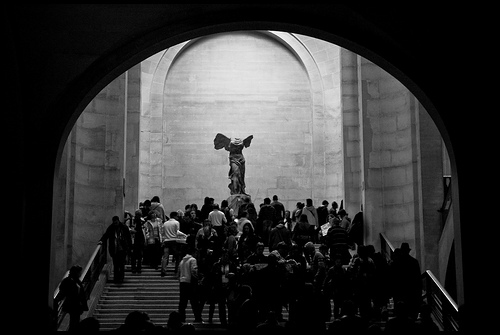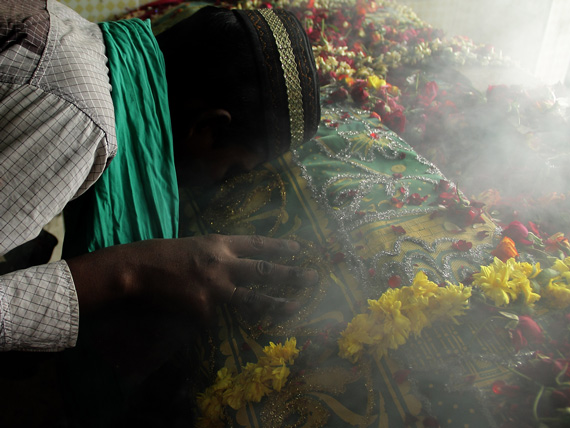That images are stories is a self-evident truth, not only of photography but of all images, from children’s drawings through the paintings and sculptures found in world-class museums. Images are only one form of narrative or story. We all tell stories all the time. It is through narrative that we humans make sense of things. Stories or narratives are how we relate to the world and how we communicate that sense to others. This is true for each of us and for our societies. It is how we have always done it, as a communicative and social species.

“Νίκη” captured by PictureSocial member Georgios Karamanis
Narratives are highly powerful in society, and many believe societies could not possibly function without them. We individuals could not function without them. Not all narratives are powerful or inspiring. Single images, as found at stock and art image services or social media image sites, are often very brief. That does not mean they are in any way lacking. Some of the most powerful narratives in our society are only a loan image, a simple sentence or an independent clause.
Look at any image, and you can see immediately what stories it is telling. The image narrative has a power that oral and written narratives do not. That is the power of what I call “draw.” Images have the power to draw the viewer into their narratives, so that the viewer begins adding his or her own story—emotions, feelings, sensibilities, and so forth—to what has been captured or created. That power is enhanced from other communication being independent of language.

“DUAA Pray” captured by PictureSocial member Iqbal Mk
Long ago, the poets recognized the narrative’s power and its twin universality. Poets draw the strongest verbal images their abilities and language allow. If the theme or subject of the narrative has meaning independent or in spite of culture, the narrative has universality. This is very ancient—think the oral traditions of antiquity, think Homer. Often we say or think, “This image speaks to me,” or something to that effect. What we mean is that the image presents an opportunity for me to impose or imprint my personal narrative upon it, or the universal emotion touches us all. The very act of our mental verbalization or conversion of image to language is that imprinting process. We do this with music as well. Narrative is how we allow our imaginations to engage both reality and fantasy.
Sometimes an image or perhaps a series of images will stimulate our intellect, and we not only imprint our narrative, but we can even hear, in our mind’s ear, as we recall music or spoken words. I believe this is a part of the creativity and imagination each and every one of us has. Images can stimulate the creative processes. It is not just the line, shades, and tones; it is the story that spurs this inspiration.
The first step in Image Wrangling is understanding and accepting that images are narratives, and those narratives are critical to our understanding of who and what we are. Yousuf Karsh, the great Canadian portrait photographer, did most of his talking through his images.
He did share some advice with those who followed:
“Look and think before opening the shutter. The heart and mind are the true lens of the camera.”
We photographers need to do just that.
As viewers, we need to do that, too, but the shutter is not an electronic or mechanical device; it is the intellectual act of seeing, of reading the narrative.
About the Author:
Dennis Nikols is the Senior Photographer at As I Found It. Dennis blogs on photography, how we understand what we see, and how to make and use images.
Go to full article: Images Are Stories: The Case for Storytelling Photography
What are your thoughts on this article? Join the discussion on Facebook
PictureCorrect subscribers can also learn more today with our #1 bestseller: The Photography Tutorial eBook
The post Images Are Stories: The Case for Storytelling Photography appeared first on PictureCorrect.
from PictureCorrect https://ift.tt/2NBPIUY
via IFTTT






0 kommenttia:
Lähetä kommentti